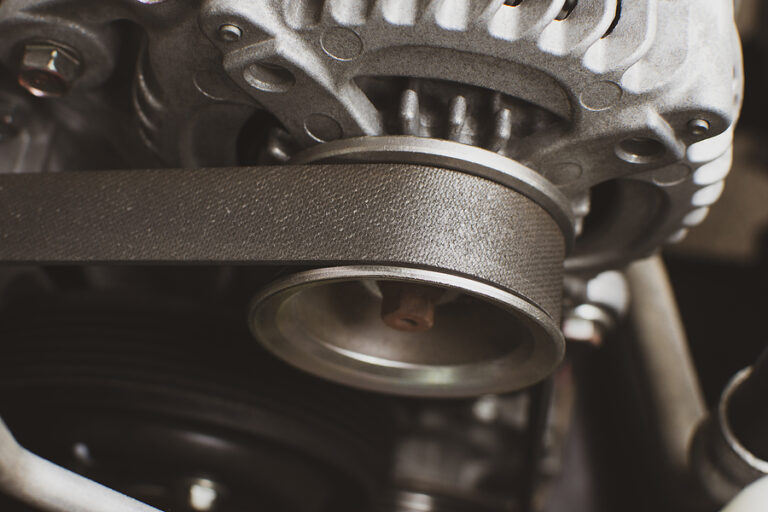

When the timing belt is aligned properly, it will stop causing the chirping noise. Step 6: Adjust the belt tension following step 7 here. Make the timing belt properly seated on the pulleys.
#Timing belt tensioner knocking noise install#
Step 5: Once the pulleys are aligned with the timing marks, you can install the timing belt. Rotate the camshaft with a socket to align it with the crankshaft. The camshaft pulley should be in the correct position relative to the crankshaft pulley based on the timing marks. Step 4: Check the position of the camshaft pulley. And also, these ensure that the valves are opening and closing at the correct times in relation to the pistons. These marks are used to ensure that the camshaft and crankshaft are properly timed. Step 2: There are timing marks on the camshaft and crankshaft pulleys, locate those. Step 1: Remove the timing belt by following steps 1-4 from the timing belt changing process. The following instructions will help you with that. You have to align the crankshaft and camshaft pulleys correctly with the timing belt. Solution: Realign Camshaft/Crankshaft Timing As a result, you will hear chirping noises coming from the engine. When the belt is misaligned, it can’t rotate the camshaft and crankshaft with proper synchronization. Reason 3: Misaligned Camshaft/Crankshaft Timing Follow steps 1-2 and steps 7-9 of the changing a timing belt process mentioned above. You have to remove the timing cover and identify if the timing belt is properly tensioned or not. In this case, you will hear a slapping or knocking noise from the timing belt. On the other hand, if the timing belt is adjusted too loose, it will keep hitting the relative components like the pulleys or timing cover, while rotating. As a result, you will hear a squeaking or whirring noise from the timing belt area when the engine runs. If the timing belt is too tightly adjusted, it will create excessive friction with the pulley. Make sure to replace the timing belt after the interval suggested by the manufacturer ( 1). Step 9: Reconnect the negative battery cable.Īfter changing the timing belt, the ticking noise should be gone. Step 8: Reassemble all the components that were removed.

Step 3: Mark the position of the timing belt and the crankshaft and camshaft pulleys with the cylinder head or engine block. Step 1: Remove the serpentine belt, outer crankshaft pulley, and other engine components.
#Timing belt tensioner knocking noise professional#

These common reasons are responsible for unusual noise from the timing belt. If you are having trouble identifying what type of noise the timing belt is making, go through the following reasons. Why Do Timing Belts Make Noise? Reasons & Solutions However, sometimes you may have to replace the timing belt.Īnd, if you’re a novice in mechanic work, you might get confused between a timing belt and a chain. If you ride a Subaru Outback, this piece explains whether it comes with a timing belt or a chain. Most noise can be fixed by properly aligning the timing belt and adjusting the tension of the belt. Here’s a quick overview of some common timing belt noises with their reasons and solutions: Noise type Troubleshooting Timing Belt With Noise Identification Read the next segment to know why your timing belt is making noise. Depending on the faulty part or the problem, the sound can vary. For example, when the timing belt is frayed or the tensioner pulley is damaged.Īny noise from the timing belt is an indication of a problem. However, if something is wrong with the timing belt and its relative components, the belt can make noise. A timing belt does not make a noise when the belt is in a good condition and installed correctly.


 0 kommentar(er)
0 kommentar(er)
